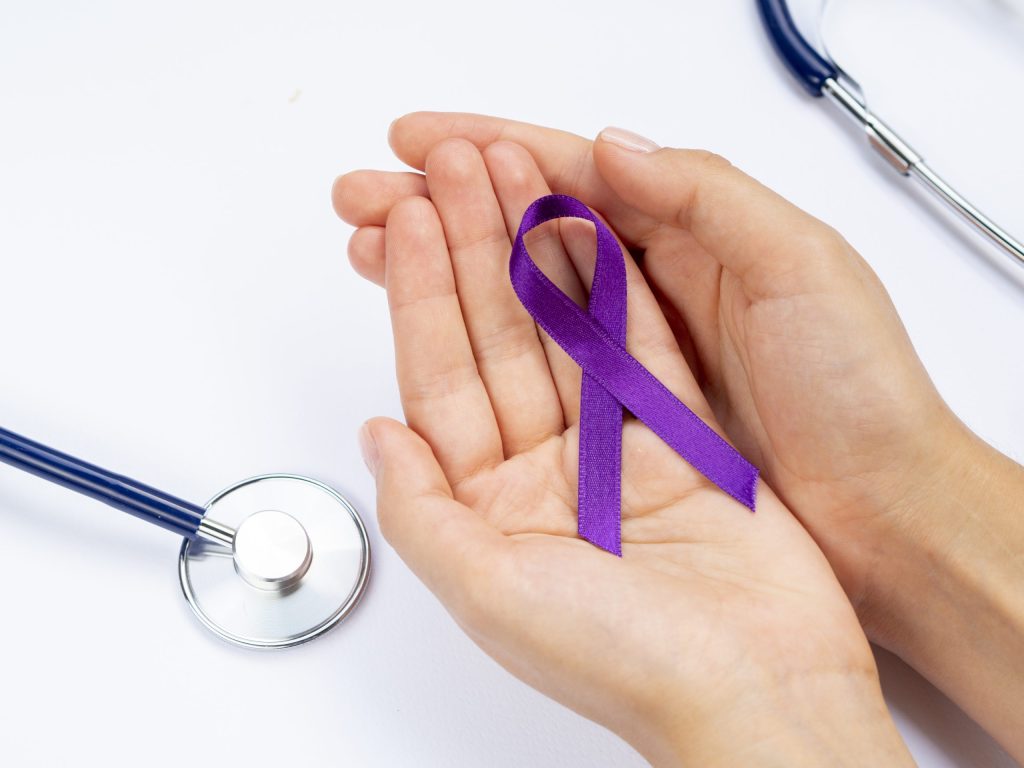World Pancreatic Cancer Day
Pancreatic cancer is one of the most dangerous cancers, mostly because it is usually discovered too late. By the time symptoms appear, the disease has often already spread, and treatment becomes much harder. Scientists around the world are racing to find better ways to detect it early, when treatment has a much higher chance of success.
A new study offers a fresh and promising idea: looking at the glycosylation or “sugar coating” of our cells. Every cell in the human body has tiny sugar molecules attached to its surface. These sugars are not related to the sugar we eat; they are natural parts of our cells. They help cells communicate, stick to each other, and stay healthy. Cancer cells, however, often change these sugars in unusual ways.
Researchers have discovered that pancreatic cancer cells show very specific sugar changes long before the disease becomes visible on scans or causes symptoms. This means that these sugar patterns could act like “early warning signs.”
The study explains that cancer cells add extra sugars or change the shape of the sugar layer around them. These changes can help the cancer hide from the immune system or spread more easily. But for doctors, these unusual sugar patterns could become valuable clues.
Scientists believe that by studying these sugar changes, they may be able to create better blood tests that detect pancreatic cancer earlier and more accurately than current methods. Today, doctors mostly rely on a marker called CA19-9, but it is not perfect. It can miss early cancer or be elevated for non-cancer reasons. Adding sugar-based markers could make diagnosis more reliable.
The research also suggests something even more exciting: these sugar changes could be used to develop new treatments. If scientists can block or reverse the sugars that help cancer grow or spread, they may be able to slow the disease down or weaken it. In other words, sugars could become not only a way to find cancer earlier, but also a way to fight it.
Some of the sugar patterns identified in this study are already being tested in the lab, and early results look promising. The next step is to study them in larger groups of patients to confirm whether they truly work as early indicators.
While more research is still needed, this new approach brings hope. Pancreatic cancer has long been one of the hardest cancers to diagnose early, but understanding how cancer cells change their “sugar coating” could open the door to earlier detection, better treatments, and more lives saved.
Editor of Daily 27.
Predoctoral researcher at the Department of Sociology in University of Barcelona.


